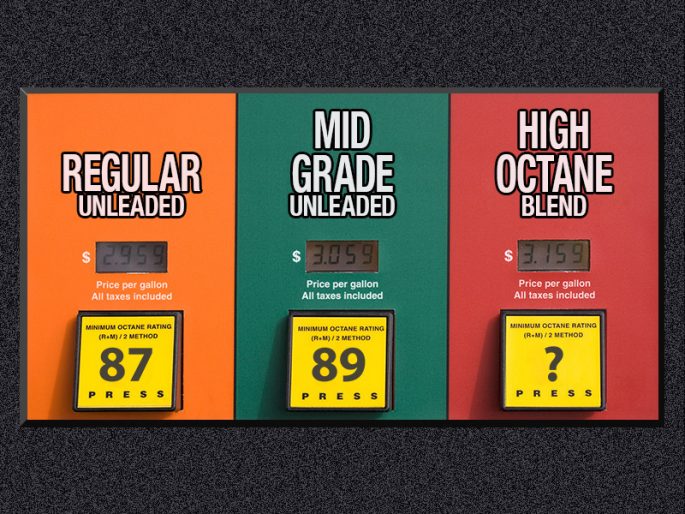High compression engine technologies could help automakers meet existing Corporate Average Fuel Economy (CAFE) standards. Therefore demand for high-octane fuels could increase. As such it would be wise for retailers to supercharge their octane knowledge. Let’s review some of the basics.
Q: What does an octane rating represent?
A: According to www.fueleconomy.gov, octane rating is the measure of a fuel’s ability to resist “knocking” during combustion.
Q: How is the value of an octane rating determined?
A: In the United States, a fuel’s octane rating is the average of two performance testing methods: Research Octane Number (RON) and Motor Octane Number (MON). On dispensers, this average is represented as (R+M)/2.
Q: What are the benefits of HOFs (High Octane Fuels)?
A: In combustion engines, HOFs offer a more efficient compression ratio, which leads to fuel economy. Traditional engines run at about a 12:1 compression ratio; higher octane fuels can increase the ratio to 14:1.
Q: How can fuel support a higher octane rating and be offered at an affordable price point?
A: According to research conducted by Oak Ridge National Laboratory (ORNL), E25 or E30 could deliver fuel-efficiency gains of 5% to 10%, compared to engines that run on E10.
Q: What are some of the challenges surrounding the introduction of higher octane fuels into the marketplace?
A: Higher octane fuels likely will come from higher ethanol blends. A 2017 Fuels Institute study reports that corrosion and lubrication impacts of fuels with 25% ethanol (or less) are relatively negligible, although elastomer seals would have to be upgraded. However, as PMAA highlights, the vast majority of the nation’s retail outlets cannot legally store and dispense blends of gasoline over 10 percent ethanol, since existing equipment is typically certified for a maximum E10 blend.
For more information about octane, visit the Fuels Institute, and pay heed to the mid-term evaluation of the CAFE standard expected by April 2018.




